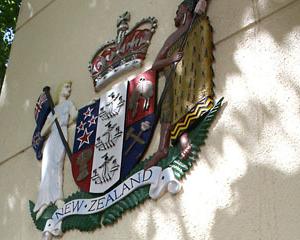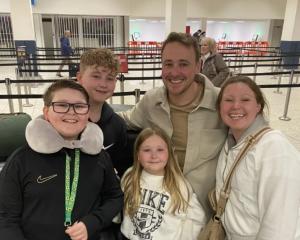
Mary Thompson is stepping down as regional representative of the Otago branch of Birds New Zealand.
The former University of Otago biochemistry lecturer, now retired, has organised over 50 field trips and 150 talks and seminars over her 17-year tenure.
Ms Thompson said her favourite part of the job was giving people the opportunity to see unfamiliar birds.
"You know they were here before you.
"They are living in their world and we can be a part of it."
Birds NZ is responsible for cataloguing bird abundance for conservation use, of which Ms Thompson has spearheaded a number of notable surveys.

She undertook a survey of great crested grebe throughout the Otago Lakes, as well as a nationwide nest count of royal spoonbills.
But Ms Thompson’s work is far from finished.
She would remain a member of Birds NZ for the next five years, to conduct an Otago-wide survey of wetland birds, she said.
The data would be used by the Otago Regional Council (ORC) and the Department of Conservation (Doc) to determine which birds were present in Otago’s wetlands.
Out of the wetland birds, bitterns and marsh crakes were two species she found particularly intriguing.
The bittern was known for its loud booming sound, while the crake crept along the mudflaps "almost walking on water".
She would also helm the next royal spoonbill survey.
The group recorded 2500 birds last time, but Ms Thompson was hoping this number would have risen to over 6000 by the next survey.
There is one bird Ms Thompson is especially fond of: the godwit.
From seeing them as a smudge in the distance at Aromoana, Ms Thompson had joined an international programme to track their movements between New Zealand and Alaska.
She and her team discovered godwits were site-specific, as over 90% of them had returned to the very same beach after migrating to Alaska.
The most valuable lesson she had learned in her ornithology career was one true of many facets of life, Ms Thompson said.
"Observe carefully.
"The people that observe carefully see the most.
"If you look carefully, you’ll see more and learn more.
"Take note."
tim.scott@odt.co.nz , PIJF cadet reporter
Advertisement








